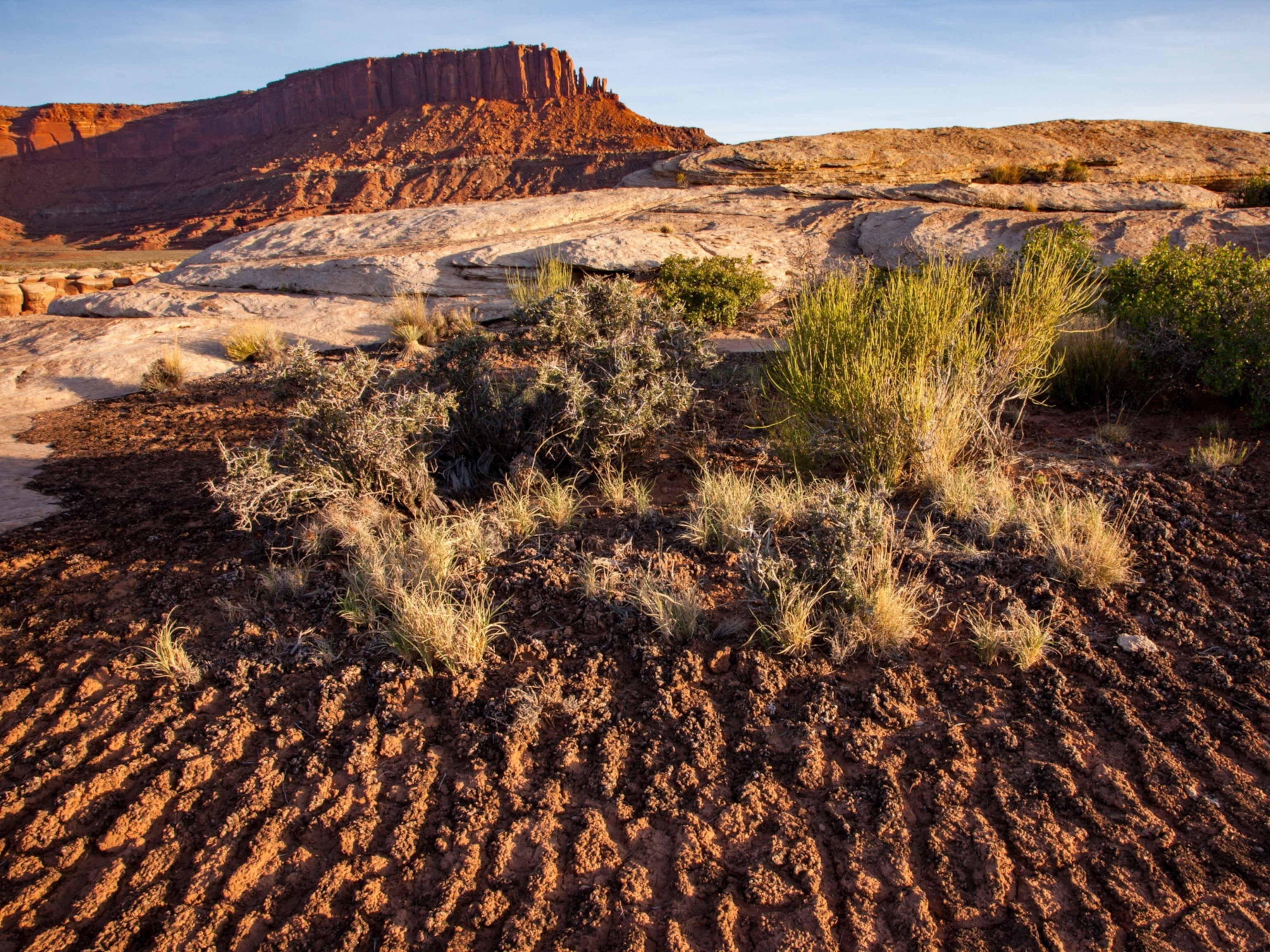
Some Arctic Coasts Eroding by a Hundred Feet a Year
As Arctic warms, chunks of soil tumbling into sea, experts say.
Arctic permafrost is collapsing into the sea by as much as 100 feet (30 meters) a year in some places, new studies say.
Since 2000, dozens of scientists have recorded an average annual erosion rate of about 1.6 feet (0.5 meter) of permafrost—or frozen soil—while studying some 62,000 miles (100,000 kilometers) of coast. That's about 25 percent of the total Arctic coastline.
In some very short stretches of shoreline, the scientists recorded erosion of 65 to 100 feet (20 to 30 meters) a year. The most dramatic losses were seen along the Laptev, East Siberian, and Beaufort Seas.
(See "Alaska Coast Eroding Fast. With Video.")
Permafrost coasts make up about a third of all the world's coasts, or some 249,000 miles (400,000 kilometers), according to geomorphologist Hugues Lantuit of the Alfred Wegener Institute for Polar and Marine Research in Potsdam, Germany.
Miles of surrounding sea ice have kept many permafrost coasts relatively stable since the last ice age. But ice cover has been declining in a warming Arctic.
"Those coasts are protected most of the year by sea ice, but their erosion could be much larger if we have reduced sea ice cover," Lantuit said.
Erosion May Disrupt Animal Life
Coastal erosion doesn't just mean a loss of total land area, Lantuit explained—the loss can also change local ecosystems.
"For example, in some cases coastlines are characterized by freshwater habitats like lakes, and these could simply disappear or be replaced by saltwater lagoons," he said.
"And where you have a thin [strip] of land used by traveling caribou, like the Porcupine Herd in the Beaufort Sea, that can become an issue" if the strip of land erodes away.
(Related: "Hungry Musk-Oxen, Caribou Could Help Warming Arctic.")
Aquatic environments may also change when nutrient-rich coastal sediments are dumped into coastal waters, he added.
"Increased nutrients like nitrogen and phosphorous in nearshore waters are likely to affect the first elements in the food chain [such as bacteria and other tiny organisms] that feed on these nutrients.
"And the impacts could go all the way up the chain to the biggest animals," he added—though such changes are hard to predict.
Shifting Coastlines to Impact Human Activities
People living on the Arctic tundra must also adjust to a changing landscape. Most communities are coastal, and some residents have already been forced to relocate buildings as the soil becomes unstable.
Likewise, shifting coastlines will present a significant obstacle to countries rushing to claim energy resources as the Arctic thaws. That's because the changes may make it more difficult to locate and protect oil-and-gas infrastructure.
(See a detailed map of the Arctic seafloor.)
"This is a dynamic system, and new initiatives will need to be matched to what the conditions will be in the future," Lantuit said.
Thirty scientists representing ten countries contributed to two Arctic-erosion studies published recently in the journal Estuaries and Coasts.





